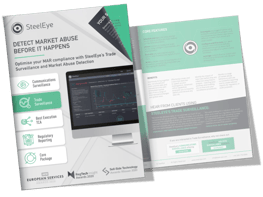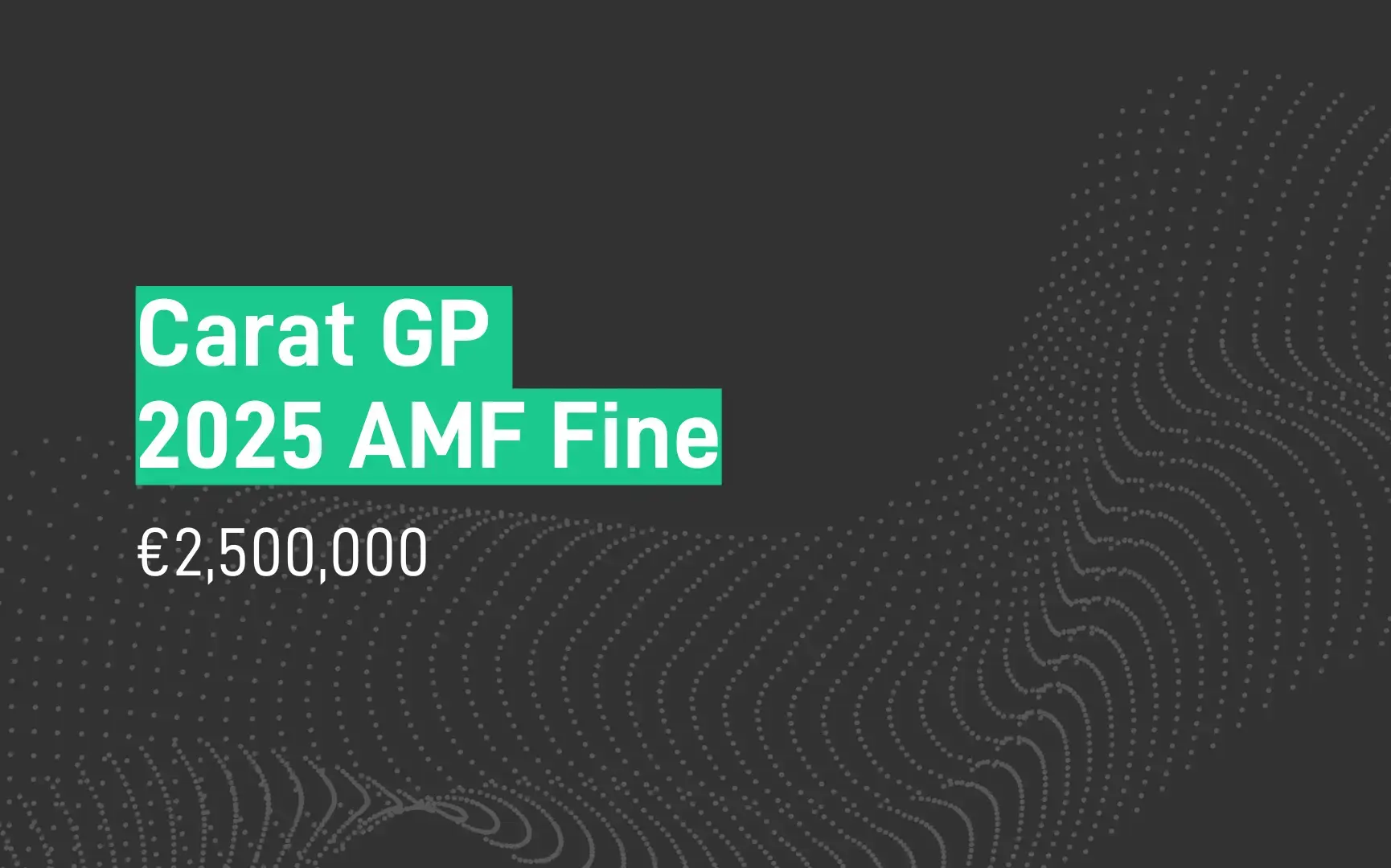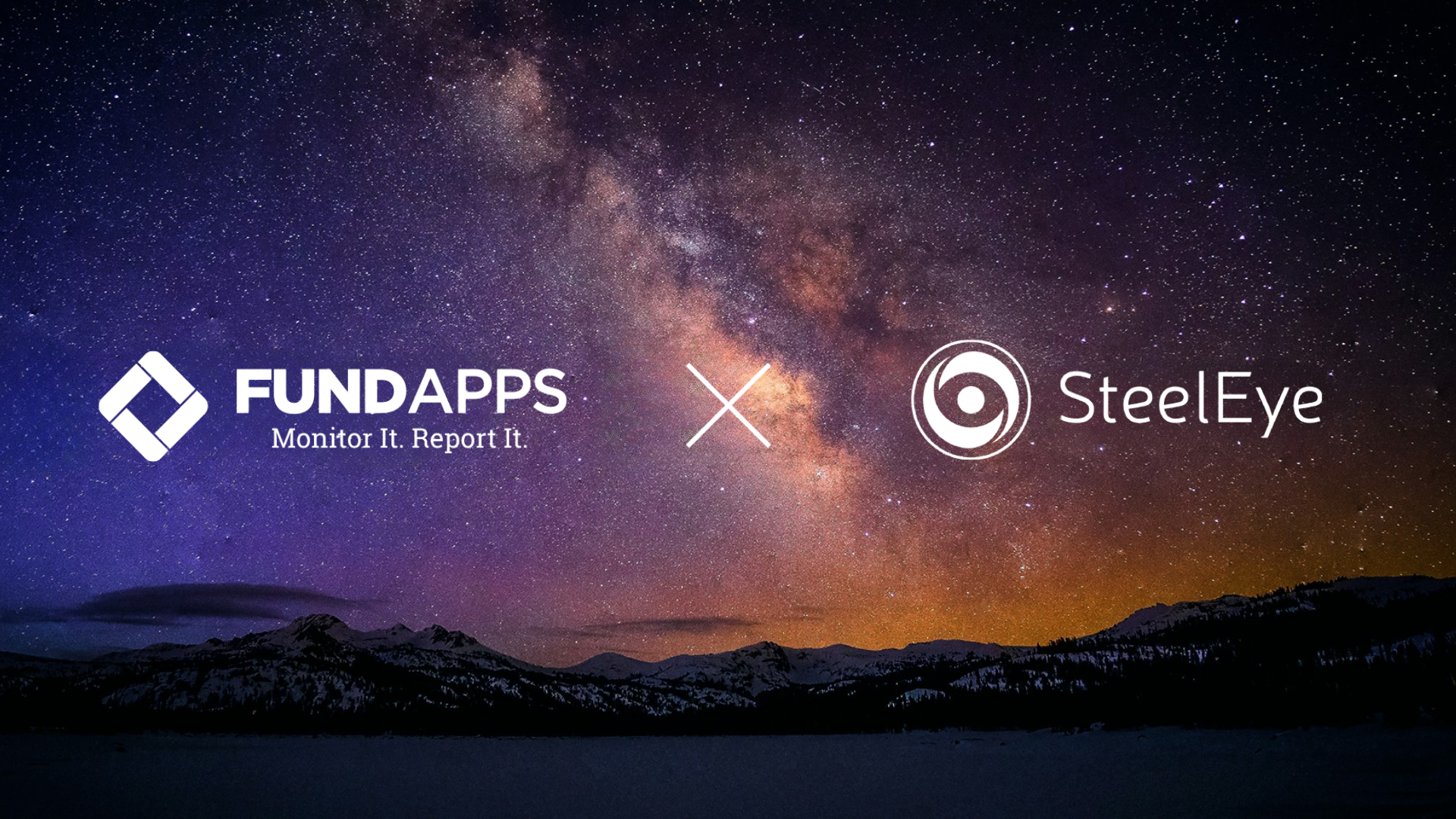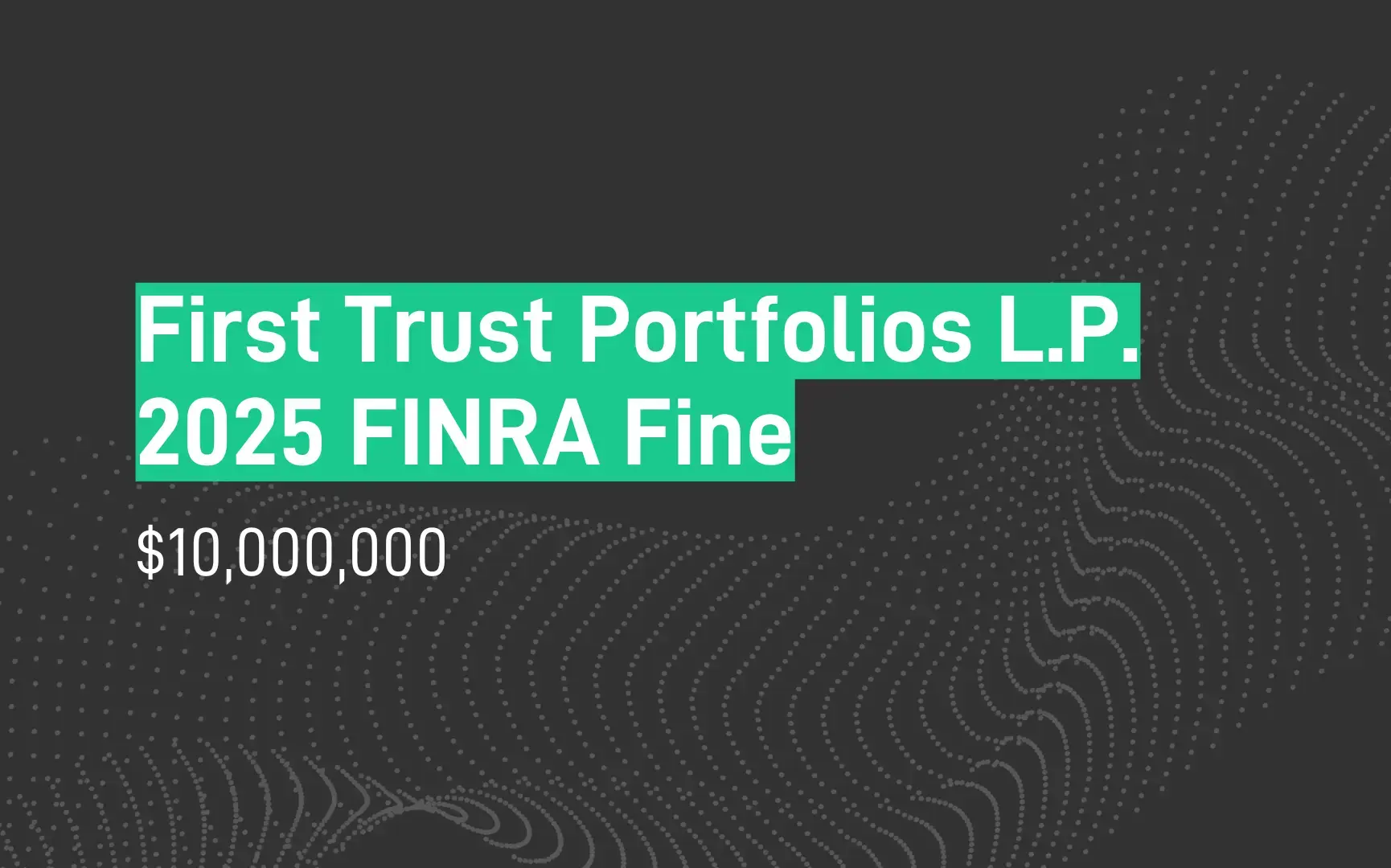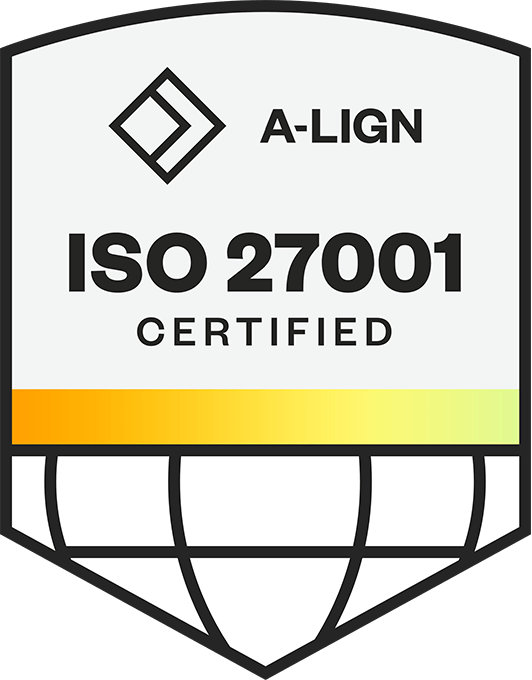
Although financial services organizations have historically outgunned regulators when it comes to technology innovation, the tables have been turned when it comes to trade surveillance for market abuse.
The US Securities and Exchange Commission (SEC) and the UK Financial Conduct Authority (FCA) have invested heavily in supervisory technology (SupTech) over the past five years to transform the trade/transaction reporting data they receive into automated trade surveillance analytics that can detect various forms of market abuse.
Financial firms that are using more manual methods to detect market abuse or that are relying on incomplete data sets, sampling, or older types of analysis could therefore find themselves in the position of receiving a surprise knock on their door from a regulator, armed with hard data about suspected market abuse that has gone unnoticed by the firm’s compliance team.
Consequently, many financial firms will need to rethink their market abuse strategies in light of the regulators’ enhanced approach to trade surveillance data and analytics.
Contents:
A SUPTECH ARMORY
One of the first regulators to invest in technology to improve the supervision of financial services firms was the US SEC, which now regularly uses its:
-
National Exam Analytics Tool (NEAT) to review trade data from investment advisors and broker-dealers prior to exams.
-
ATLAS tool to look for insider trading before a major equity event and spot insider trading.
-
High-Frequency Analytics Lab (HAL) to focus on detecting issues in high-frequency trading.

The SEC relies on trade data, regulatory reporting information and other sources of data to perform these analytics. However, the quality of the data received from the firms it regulates can be problematic, and quite a few have been fined over the past few years for trade reporting errors.
The UK FCA is another regulator that is placing a lot of focus on technology. The organization actively nurtures the development of RegTech solutions for financial firms and has been developing SupTech solutions as part of a broader tech strategy.
FCA's SupTech Strategy:
-
The FCA receives more than 150 million order book messages per day.
-
FCA surveillance algorithms look for spoofing and layering, marking the close, ramping, reference price gaming, and wash trading, as well as other types of market abuse patterns.
-
The regulator has publicly committed to investing another £120 million over three years in becoming a data- and digital-first regulator.
-
The regulator says it will hire more data scientists and data analysts.
-
The FCA recently launched a new SupTech approach to short-selling reporting and monitoring.
Given how much attention the FCA is placing on technology, firms can expect continued development in the use of SupTech in the UK. However, like the SEC, the FCA has been frustrated by the poor data quality in transaction reporting from firms and has often made this the theme of its Market Watch newsletters.
.webp?width=803&name=Development-in-the-use-of-SupTech-in-the-UK%20(2).webp) Other regulators have been focusing on SupTech too. While the EU has been less forthcoming on its use of SupTech, the European regulator is continuing to explore the development of technology tools to support supervision of the financial markets. The Monetary Authority of Singapore (MAS) also uses SupTech that can analyze firms’ trade data using algorithms that detect suspicious trades and trading patterns. The MAS is also leading the way with other forms of SupTech, such as a platform that can detect misconduct by financial advisors. The Basel Committee on Banking Supervision has put SupTech on its April 2021 work program, and the Financial Stability Board published a report on The Use of Supervisory and Regulatory Technology by Authorities and Regulated Institutions.
Other regulators have been focusing on SupTech too. While the EU has been less forthcoming on its use of SupTech, the European regulator is continuing to explore the development of technology tools to support supervision of the financial markets. The Monetary Authority of Singapore (MAS) also uses SupTech that can analyze firms’ trade data using algorithms that detect suspicious trades and trading patterns. The MAS is also leading the way with other forms of SupTech, such as a platform that can detect misconduct by financial advisors. The Basel Committee on Banking Supervision has put SupTech on its April 2021 work program, and the Financial Stability Board published a report on The Use of Supervisory and Regulatory Technology by Authorities and Regulated Institutions.
As regulators globally increase their use of SupTech, those in charge of compliance should consider how their approach to detecting and preventing market abuse might need to evolve.
The impact of the regulator's Increased use of SupTech
Executives should consider the effects that SupTech will have on their firms and assess whether their trade surveillance programs are up to par. Three key impacts of SupTech are:
-
Increased enforcement action
If a firm is not using robust enough trade surveillance technology it’s becoming more likely that the FCA or SEC could spot market abuse before the firm’s own compliance team does.
For example, a recent FCA Market Watch newsletter focused on the FCA’s use of SupTech to detect market abuse. The FCA wrote about how its algorithms identified Corrado Abbattista’s large, misleading orders for Contracts for Difference. Abbattista, formerly a portfolio manager, partner, and chief investment officer at Fenician Capital Management LLP, was fined £100,000 and banned from performing any functions in relation to regulated activity by the FCA in December 2020.

In the newsletter, the FCA also discusses other non-enforcement outcomes of cases generated through the use of its algorithms. Firms should consider the impact on their reputation, as well as their relationship with the regulator if it’s the last to know about market abuse.
-
Growing regulatory attention on transaction reporting data
For the past few years, US and UK regulators have been speaking very openly about their frustrations around the quality of the trade or transaction data they receive, and they have fined some firms where the failure to provide the data was particularly egregious.
Having robust data quality is critically important to regulators as they rely on this data to fuel their SupTech solutions. However, firms are still supplying sub-par data to their regulators, and the regulators are indicating that they are nearly out of patience.
The topic of sub-par transaction reporting comes up repeatedly in the UK FCA’s Market Watch newsletters, including in Market Watch 67, where the regulator urged firms to ensure “that their systems for use of ‘short’ and ‘long’ client codes are adequate for these purposes.” Since Brexit, firms have faced the additional challenge of transaction reporting to UK authorities in addition to EU ones. UK firms say they are going to focus on improving MiFIR data quality in 2022.
In the US, financial penalties are on the rise again post-Covid, with the CFTC recently fining five organizations for trade reporting failures. Firms with ongoing trade reporting issues should consider putting this right – or they might find that regulators will come calling over the next 24 months or so.
-
Intensified focus on trade surveillance infrastructure

Expect regulators to pay more attention to the quality of the trade surveillance technology within firms, and how firms use data and apply analytics to detect and prevent market abuse. As their own SupTech sophistication grows, regulators are now better able to evaluate the approach that firms are taking, and how the technology being used supports best practices.
Firms should consider if their own trade surveillance processes need to be enhanced. Firms should also consider the robustness of the data governance processes used in trade surveillance technology, and if their models are well-tuned, and documented for transparency.
Given the increased use of SupTech among global regulators, financial services firms should seriously consider how well their trade surveillance programs will stand up to the rich data the regulator is collecting and analyzing.
Firms with manual, semi-manual, or outdated technology might find that they need to invest in improvements to their software. Similarly, firms should also look to see how well their trade surveillance approach supports the trade or transaction reporting demands of regulators, particularly if they have had negative feedback in the past or they are aware of ongoing issues. Today, the tables have truly turned when it comes to trade surveillance for market abuse, and firms will need to move fast to catch up.



.webp?width=803&name=Development-in-the-use-of-SupTech-in-the-UK%20(2).webp) Other regulators have been focusing on SupTech too. While the EU has been less forthcoming on its use of SupTech, the European regulator is continuing to explore the development of technology tools to support supervision of the financial markets. The Monetary Authority of Singapore (MAS) also uses SupTech that can analyze firms’ trade data using algorithms that detect suspicious trades and trading patterns. The MAS is also leading the way with other forms of SupTech, such as a platform that can detect misconduct by financial advisors. The Basel Committee on Banking Supervision has put
Other regulators have been focusing on SupTech too. While the EU has been less forthcoming on its use of SupTech, the European regulator is continuing to explore the development of technology tools to support supervision of the financial markets. The Monetary Authority of Singapore (MAS) also uses SupTech that can analyze firms’ trade data using algorithms that detect suspicious trades and trading patterns. The MAS is also leading the way with other forms of SupTech, such as a platform that can detect misconduct by financial advisors. The Basel Committee on Banking Supervision has put 

